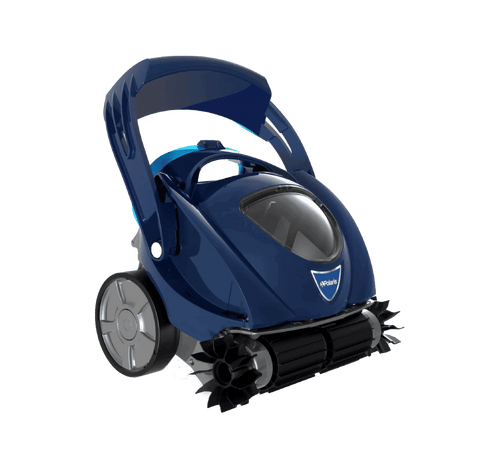Hot tub chemicals are essential for keeping your hot tub water clean, clear, and safe for the people who use it. These chemicals also help your hot tub and its accompanying equipment to remain in good condition, ensuring that your hot tub will continue to provide you with many years of enjoyment.
Here’s an overview of the chemicals that you should know in order to properly take care of your hot tub.
Sanitizer
Sanitizing your hot tub water is one of the most importance aspects of hot tub care, because sanitizers are responsible for killing bacteria and virus, as well as preventing the growth of algae. The most commonly used hot tub sanitizers are chlorine and bromine:
Chlorine: You probably know chlorine as the sanitizer that is also commonly used in swimming pools. Chlorine is safe to use in hot tubs as well, although, as you might expect, in a different concentration than you would use in a pool. Chlorine is available in tablets and quick-dissolving granules, both of which are made specifically for hot tub use. Ideally, your pool’s chlorine levels should be between 3-5 mg/l.
Bromine: Made of a blend of sodium bromide and chlorine, bromine is an effective sanitizer that is well-suited for hot tubs. It’s a popular sanitizer choice because its chemical smell is not as strong as that of chlorine. Like chlorine, bromine is sold in tablets and granules. The ideal level of bromine for your water is between 3-6mg/l.
Shocking/Oxidizer
It’s a good idea to occasionally shock your hot tub, regardless of which sanitizer system you use. The exact frequency depends on how often, and how many people, typically use your hot tub. Shocking your hot tub gets rid of odours, dead organic material remaining from your sanitizer system, as well as dirt, cosmetics, body oils, and perspiration. Left in the water, these contaminants can feed bacteria and algae, and thus shock treatments improve your hot tub’s overall hygiene.
There are several options for how to perform a shock. You can use a non-chlorine shock, with some brands even providing additional benefits for your hot tub water, such as water clarifiers or pH buffers. Alternatively, if you use chlorine as your sanitizer, you can simply add more chlorine to your hot tub water; or if you use bromine, you can add extra bromine.
Total Alkalinity
Total Alkalinity (TA) measures the level of all the alkaline material in the water, which reflects the water’s buffering capacity, or ability to resist changes in pH. The ideal TA for your hot tub water is between 125-150mg/l. If the TA drops below this range, the water can corrode your hot tub’s equipment, and likewise, if the levels rise above this range, the water can develop poor clarity.
It’s a good idea to adjust your water’s TA first, and then check the pH, because managing the TA often positively influences the water’s pH.
pH Level
pH is a measure of the acidity or alkalinity of your hot tub water, with 0-6 indicating the water is acidic, 7 neutral, and 7-14 basic. It’s important to check the pH of your hot tub regularly using test strips, and to maintain the pH between 7.4-7.8. This pH range is slightly basic, which maximizes sanitizing efficiency, protects the hot tub and equipment, and feels comfortable for hot tub users. pH levels below 7 can quickly damage hot tub jets, pump seals, and head cushions in as little as a few weeks if not corrected.
Calcium Hardness
Every time you refill your hot tub with fresh water, it’s important to check the hot tub’s calcium levels. Depending on where you live, your tap water may to be softer, which tends to be low in calcium, or harder, which tends to be higher in calcium. The ideal calcium hardness level, or level of dissolved calcium in the water, is between 100-200 mg/l. If the calcium levels are too low, it can lead to equipment corrosion; and if the calcium levels are too high, your hot tub water can appear cloudy, and calcium may begin to deposit on the tub shell, heater element, and other parts of your hot tub equipment. You can buy special products that can increase your calcium levels when they are low, or reduce the calcium deposits on your hot tub when the levels are too high.
Now that you know what you need for your hot tub, is it time to stock up on some of these chemicals? Shop at one of our many locations across Ontario or shop online and save time and money with free shipping across Canada.


